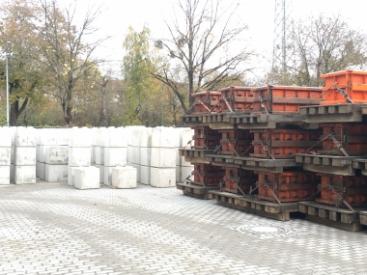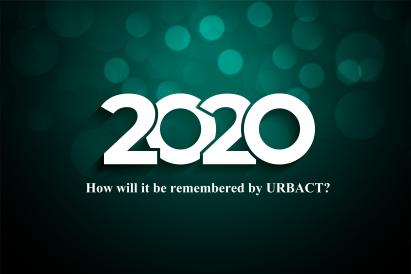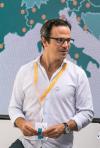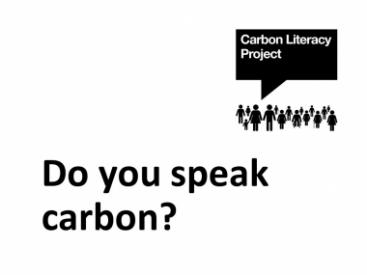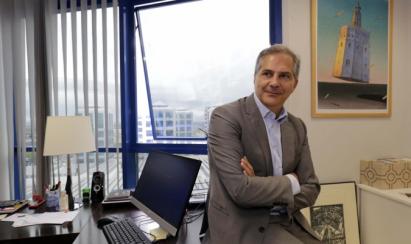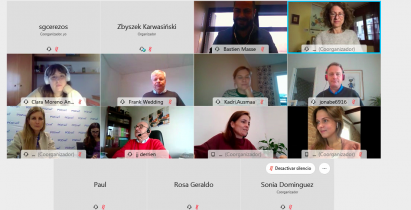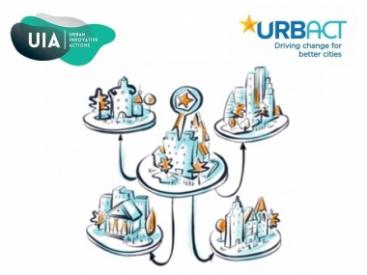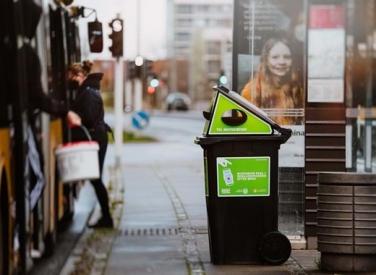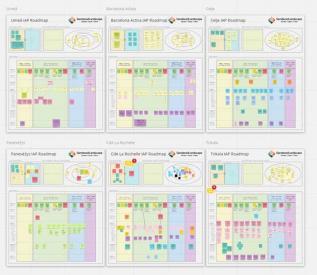Second City2City: Scaling up urban circular economies, an article by Miguel Rivas
Piloting is usually affordable, but how to scale up?
A recent OECD study on circular economy reports that 10% of surveyed cities and regions defined themselves as “advanced” performers in this field, while 39% as “in progress”, 57% as “newcomers” and 4% described their transition towards the circular economy as “not in place”. Nonetheless, 84% informed they were using pilots and experimentation to foster the circular economy (OECD, 2020).
Piloting and experimenting is usually affordable, but upscaling needs substantial funding and strong political commitment. Hence, upscaling is increasingly seen as a key component of the implementation framework and should therefore be considered in the action planning process, from the beginning. In a study on smart city projects, Willem van Winden and Daniel van den Buuse (2017), from Amsterdam University of Applied Sciences, found out that even the pilot stage should be carefully designed with an eye on later upscaling – e.g. getting 3600 stakeholder involvement in the pilot experiences sets the basis to successful scale up.
So, what type of enablers or accelerating pipelines to move circular economy from activism and piloting to mainstreaming? In this regard, working at two levels would be advisable. First, at programme level, promoting initiatives with an expanding effect. Second, and maybe most importantly, at the policy level, trying to place circular economy properly into a number of robust and well-funded agendas with a transformation purpose. In particular, the smart specialisation strategies, as the place-based innovation policies par excellence in the European Union, and the upcoming recovery and resilience plans that member states will promote to face the pandemic´s impact, financed by the ad-hoc NextGenerationEU facility.

